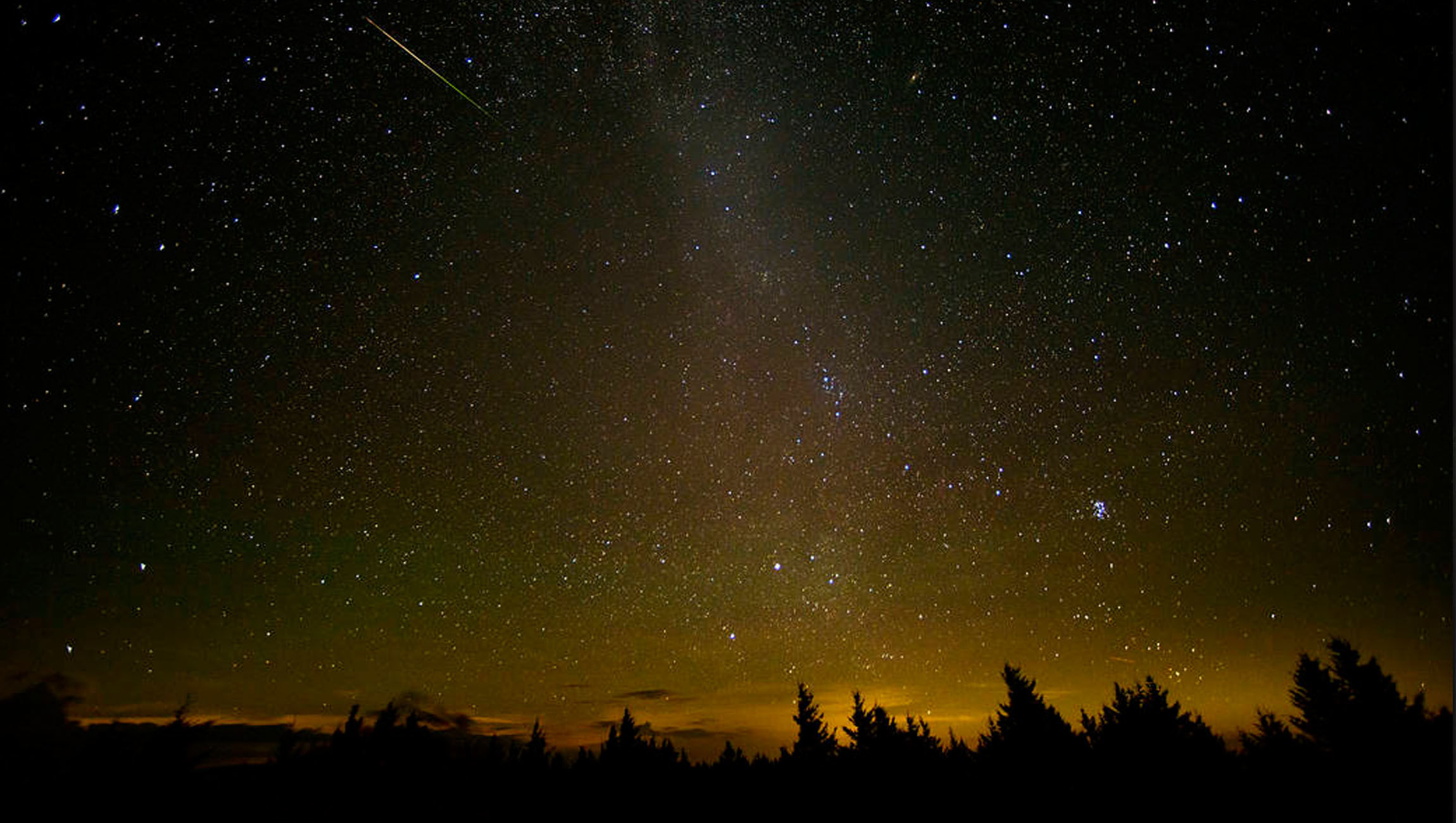Create a free profile to get unlimited access to exclusive videos, sweepstakes, and more!
Scientists may have just found the first evidence of a human being killed by a meteorite

This might sound as if it has something to do with the infamous space rock that obliterated the dinosaurs, but that’s 66-million-year-old news. Try thinking of a human getting taken down by a meteorite instead.
It just might have happened. Scientists from Ozan Ünsalan and Altay Bayatlı, from Ege University and Trakya University in Turkey, as well as Peter Jenniskens of the SETI Institute, have unearthed new evidence that rocks falling from space weren’t only lethal to prehistoric reptiles. The event is described in a series of written records from over a century ago. The previously undiscovered letters from 1888 claim there was a meteor shower in Iraq that claimed two unlucky victims — one got away injured, but one perished.
“Our planet experiences falls of meteorites with different airburst and ground impact risk,” the scientists said in a study recently published in Meteoritics and Planetary Science. “Some of these meteors can survive after the atmospheric passage and fall into the ground.”
Just in case you were wondering what your chance of death by meteorite is, the scientific estimate is one in every 250,000. You have a better chance of getting struck by lightning (one in 3,000). The grim part of this is that you’re more likely to end up dead from a meteorite strike than a lightning strike (one in 700,000). Meteor showers happen every year — just ask NASA. These are a skywatcher’s dream, especially the Perseids (above) which peak every August, and any space rocks they send towards Earth usually burn up in the atmosphere. Usually.
Back to the letters. They might sound like some sort of antique tabloid, but they were actually written by the governor of Sulaymaniyah, Iraq, and sent to Sultan Abdulhamit II, so this was serious. The governor recounts the incident in great detail. His first letter, dated September 13, 1888, tells of eyewitnesses who swore that on August 22 of that same year, they saw a fireball zoom through the sky before it rained meteorites in Sulaymaniyah before someone was killed by one. This happened at approximately 8:30 p.m. local time. Another victim held on to his life, but he was paralyzed by fragments of the same meteorite.
Because there was no such thing as email back then, the letters didn’t reach the sultan until October 9. There is a second letter that asks what should be done in the wake of this tragedy, and a third one written by Ahmet Münir Pasha to the grand vizier. That third one supposedly had a piece of the meteorite included, though that was never found by the investigating team of researchers. The official documents have still convinced them that this really happened, and if the scientific community verifies them, this will be the earliest evidence of any human having a lethal encounter with a space rock.
“These findings suggest other historical records may still exist that describe other events that caused death and injuries by meteorites,” the scientists said.
Meteor showers aren’t your usual weather forecast. They happen when Earth passes through comet debris as it orbits the Sun. It almost sounds impossible when you realize that Earth follows a circular orbit while most comets shoot through the sky in elliptical orbits that are highly elongated, but there is still overlap. Comets will disintegrate when they fly too close to the Sun because their icy nuclei can’t take the heat. The melting releases all the other rocky debris that comprises the comet, which continues to orbit the Sun in the same elliptical orbit.
When Earth crosses into that territory, it gets showered with the debris, most of which gets incinerated as it falls through the atmosphere. This is why accounts of anyone being struck by a meteorite (never mind having that as their cause of death) are so rare.
Though meteorites are much more likely to put a dent in spacecraft than humans, there has been one known modern injury up until now. That was when a rogue rock from a 1954 meteor shower struck Ann Hodges in her side while she was napping. While this had to be a rude awakening, at least she survived.


























